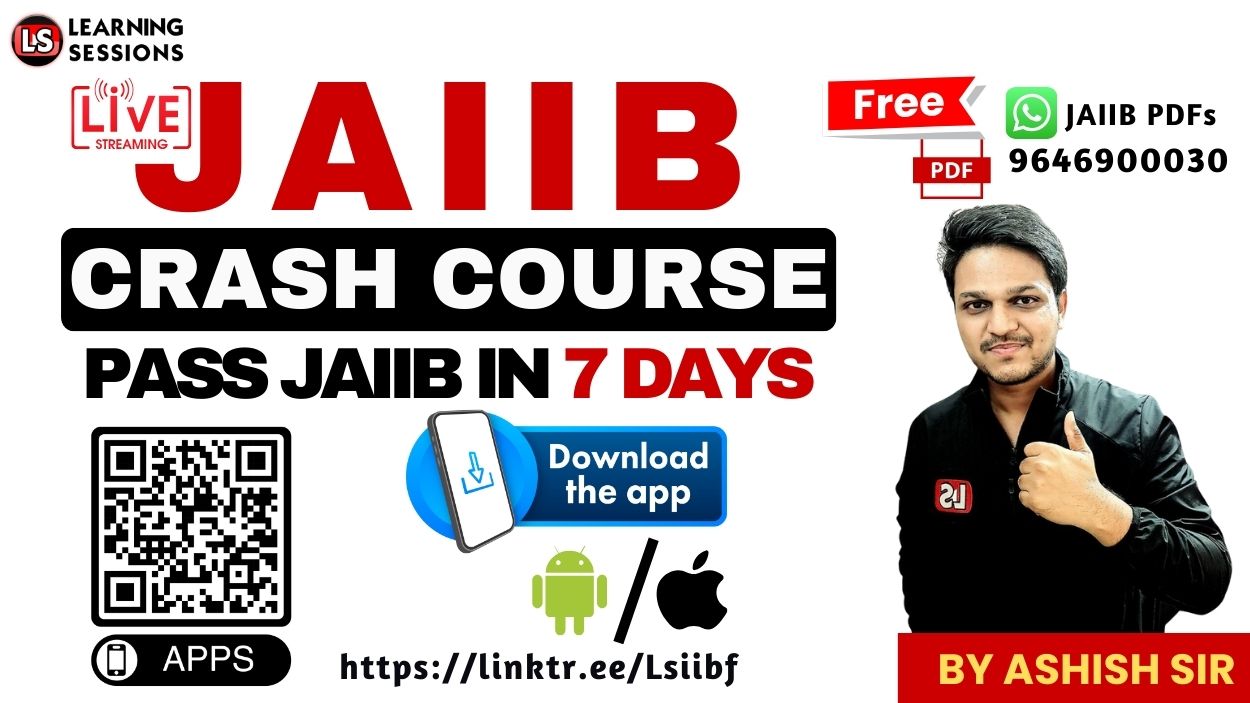💭 Ever wondered how banks move crores within seconds, or how transactions get settled in real time with zero manual paperwork?
In today’s high-speed financial world, treasury management is no longer about dusty ledgers and slow processes. It’s about digital dominance, where platforms like RTGS, NEFT, IMPS, and NDS ensure real-time execution and accurate settlements.
This blog is based on a high-value bilingual (Hindi-English) video session, diving deep into the Role of Information Technology in Treasury Management, a critical concept for the TIRM diploma offered by IIBF.
If you’re a banker, an exam aspirant, or curious about the backend of banking infrastructure – this article is your go-to guide.
👉 Before we dive in, watch this video for a complete breakdown:
🔹 Introduction to Treasury Technology
Treasury operations involve managing liquidity, investments, and risks. Technology enables:
- Real-time trade execution
- Automated compliance
- Efficient back-office processing
🔹 NDS (Negotiated Dealing System)
What is it? An RBI-managed electronic platform for trading in debt market instruments like:
- Government Securities (G-Secs)
- Treasury Bills (T-Bills)
- Commercial Papers (CPs)
- Certificates of Deposit (CDs)
- State Development Loans (SDLs)
Note: Equity shares are not traded on NDS.
🔹 INFINET – The Backbone of NDS
- INFINET = Indian Financial Network
- Closed secure network used for messaging, trade confirmation
- Enables Straight Through Processing (STP)
🔹 SGL Account (Subsidiary General Ledger)
Maintained by banks with RBI to hold G-Secs and meet SLR requirements.
🔹 CCIL (Clearing Corporation of India Ltd)
Acts as a counterparty for clearing G-Secs, Forex, and money market trades.
- Guarantees settlement
- Reduces counterparty risk
🔹 Treasury Bills & Government Securities
- T-Bills: Short-term, zero-coupon instruments
- Dated G-Secs: Long-term with coupons
- SDLs: Issued by State Govts
🔹 Certificate of Deposit (CD)
- Issued by SCBs and FIs
- Demat form, discounted issue
- 7 days to 1 year maturity
🔹 Commercial Paper (CP)
- Unsecured, for working capital needs
- Min net worth: ₹100 crore
- Maturity: 7 days to 1 year
🔹 Inter-Bank Lending Instruments
| Instrument | Maturity | Description |
|---|---|---|
| Call Money | 1 day | Overnight borrowing |
| Notice Money | 2-14 days | Shorter than term money |
| Term Money | >14 days | Longer liquidity gaps |
🔹 Repo and Tri-party Repo
- Repo: Sell with buy-back agreement
- Tri-party: Includes third party like CCIL
🔹 Fund Transfer Systems: RTGS, NEFT, IMPS
| System | Managed By | Type | Minimum | Real-Time | 24×7 |
|---|---|---|---|---|---|
| RTGS | RBI | High Value | ₹2 lakh | Yes | Yes |
| NEFT | RBI | Retail | None | No | Yes |
| IMPS | NPCI | Retail | None | Yes | Yes |
🔹 STP (Straight Through Processing)
- End-to-end automation of trade processing
- Removes human intervention
- Used in forex, securities, and derivatives
[FREE PDF] IIBF Certification TIRM | Asset Liability Management Part 1 | Key Exam Questions
🔹 Depository Systems: NSDL, CDSL, DPs
- Retail: Demat Account via DP
- Banks: SGL Account with RBI
- NSDL & CDSL are main depositories
Conclusion: Treasury Transformed by Tech
Treasury operations today require speed, security, and compliance. Platforms like NDS, CCIL, and SGL enable banks to meet regulatory and business needs efficiently. With STP and digital transfers, banks are empowered like never before.
Key Takeaways:
- RTGS = high-value real-time payments
- CCIL = trade settlement backbone
- NDS, SGL, and STP = core of tech-driven treasury
📥 Download PDF Notes
Grab the complete exam-ready PDF with MCQs, tables, and revision points.
Also Like:





